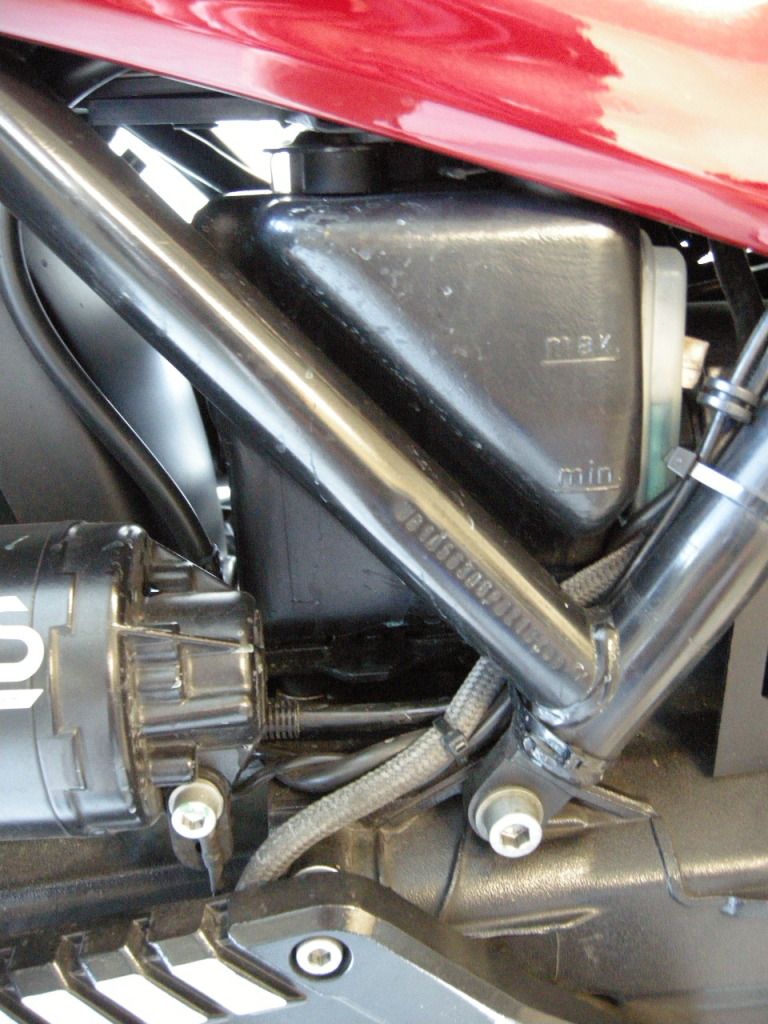Anyone care to take a crack at explaining to me how the radiator expansion tank works?
I get that the coolant heats up and expands and can eventually rise into the filler neck container and down to the expansion tank via a rubber water hose. But how does the coolant return into the radiator?
I get that the coolant heats up and expands and can eventually rise into the filler neck container and down to the expansion tank via a rubber water hose. But how does the coolant return into the radiator?


